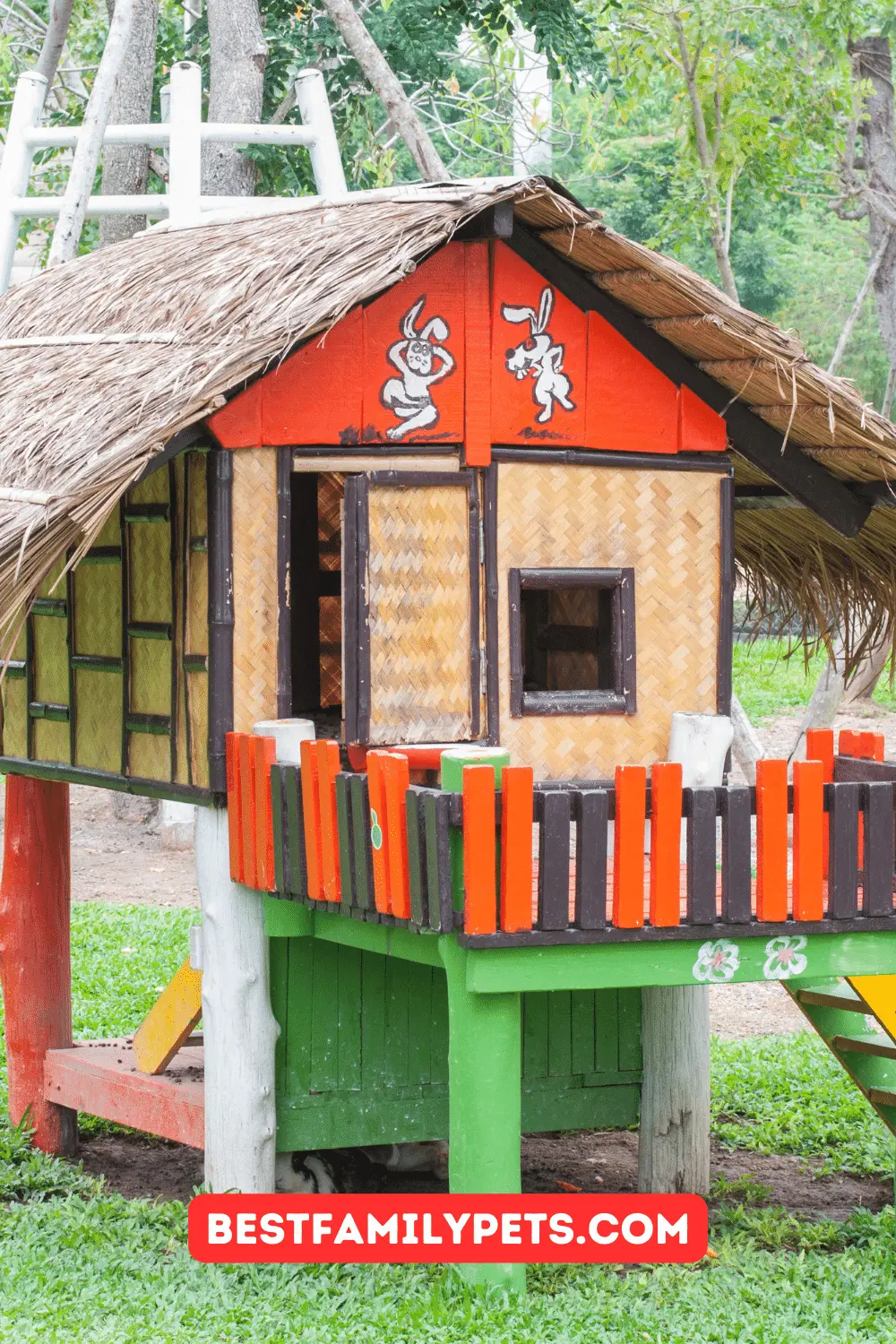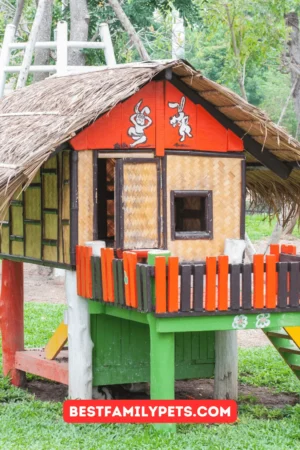The Importance of Size in Rabbit Habitats
Learn why the importance of size in rabbit habitats is crucial for your bunny’s physical & mental health. Discover minimum requirements & creative solutions for a happy rabbit!
Rabbits are often seen as cuddly, low-maintenance pets, but their needs can be surprisingly complex. One crucial element for their well-being is often underestimated: the size of their habitat. In the wild, rabbits are incredibly active creatures, roaming vast territories. While replicating their natural habitat entirely isn’t feasible, providing them with an adequate and spacious enclosure is essential for both their physical and mental health.
Understanding the Needs of Your Rabbit
Rabbits are naturally energetic, engaging in activities like hopping, running, binkying (jumping with a twist), and exploring. Confining them to a small space restricts these natural behaviors, leading to several detrimental consequences.
- Physical Health: Limited space can hinder muscle development, increase the risk of obesity, and even lead to bone malformations.
- Mental Well-being: Cramped quarters can cause stress, boredom, frustration, and even behavioral issues like aggression or self-mutilation.
Creating the Perfect Space for Your Bunny
Minimum Requirements: While the ideal size depends on the rabbit’s breed and number of rabbits living together, some basic guidelines exist. The House Rabbit Resource Network (HRRN) recommends a minimum of 4 times the rabbit’s length in length, twice the rabbit’s height in height, and the rabbit’s length in width for the living space.
Beyond the Minimum: Remember, the bigger, the better! If possible, aim for a much larger enclosure. Consider these aspects:
- Multiple Levels: Provide vertical space with ramps or shelves for climbing and exploration.
- Exercise Area: Dedicate an additional space for daily supervised exercise outside the enclosure.
- Free-Roaming: Ideally, allow your rabbit supervised free-roaming time in a bunny-proofed room for maximum exercise and enrichment.
Additional Considerations:
- Breed Size: Larger breeds like Flemish Giants require significantly more space than smaller breeds like Holland Lops.
- Number of Rabbits: Housing multiple rabbits necessitates a significantly larger enclosure to accommodate their individual needs and prevent territorial disputes.
- Enrichment: Fill the habitat with toys, tunnels, hides, and other stimulating objects to keep your bunny engaged and mentally stimulated.
Conclusion
Providing your rabbit with a spacious and enriching habitat isn’t just about following guidelines; it’s about offering them a comfortable, healthy, and happy life. By understanding their needs, prioritizing space, and enriching their environment, you can create a haven where your furry friend can thrive.
Additional Resources:
- House Rabbit Resource Network: https://rabbitresource.org/adopt-a-rabbit-from-house-rabbit-resource-network/frequently-asked-questions/
- The Rabbit Welfare Association & Fund: https://rabbitwelfare.co.uk/
- RSPCA Rabbit Care: https://www.rspca.org.uk/adviceandwelfare/pets/rabbits
- Small Pet Select: https://shop.smallpetselect.com/
- Rabbit.org: https://rabbit.org/
FAQs:
- How can I tell if my rabbit’s habitat is too small? Signs of a cramped enclosure include pacing, excessive chewing, digging, litter box issues, and aggression.
- What are some alternatives to traditional cages? Consider exercise pens, rabbit condos, or converting a room into a bunny-proofed space.
- Can I let my rabbit free-roam all the time? Supervised free-roaming is ideal, but ensure your home is bunny-proofed to prevent chewing on electrical cords, furniture, and other hazards.
- What can I do if I don’t have space for a large enclosure? Explore creative solutions like using vertical space, connecting multiple enclosures, or offering regular supervised exercise sessions outside the habitat.
- Is there anything else I can do to keep my rabbit happy? Provide a healthy diet, regular vet checkups, and plenty of interaction and socialization to ensure their overall well-being.
You may also like these:
-

The Importance of Size in Rabbit Habitats
-


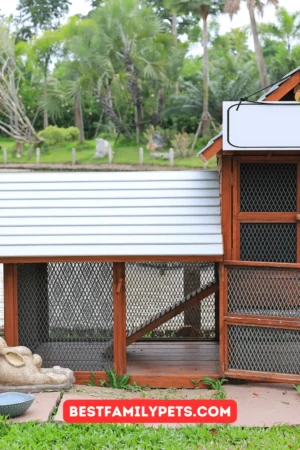
Cleaning and Maintaining Rabbit Accommodations
-



Rabbit Houses and Their Features: Creating a Safe and Happy Home for Your Bunny
-


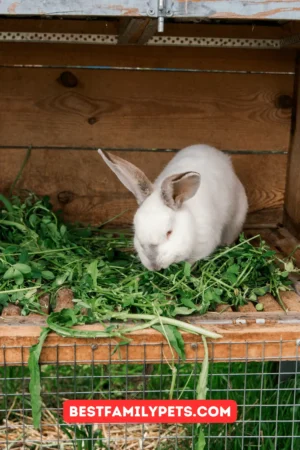
Rabbit Behavior and Needs: A Guide to Happy Hopping
-



How to Choose a Rabbit Cage: A Guide to Rabbit Cages
-



How to Choose a Rabbit Hutch: A Guide for Happy Hoppers
-


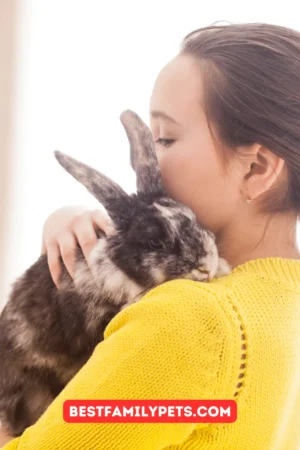
Rabbit Care Essentials: Keeping Your Bunny Happy and Healthy
-


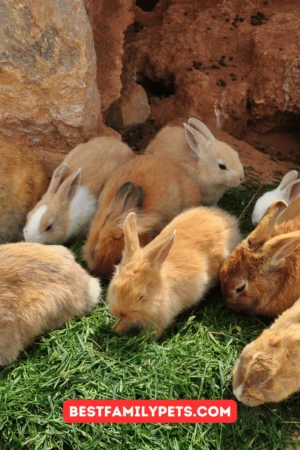
Rabbit Habitats in Melbourne: A Comprehensive Guide
-


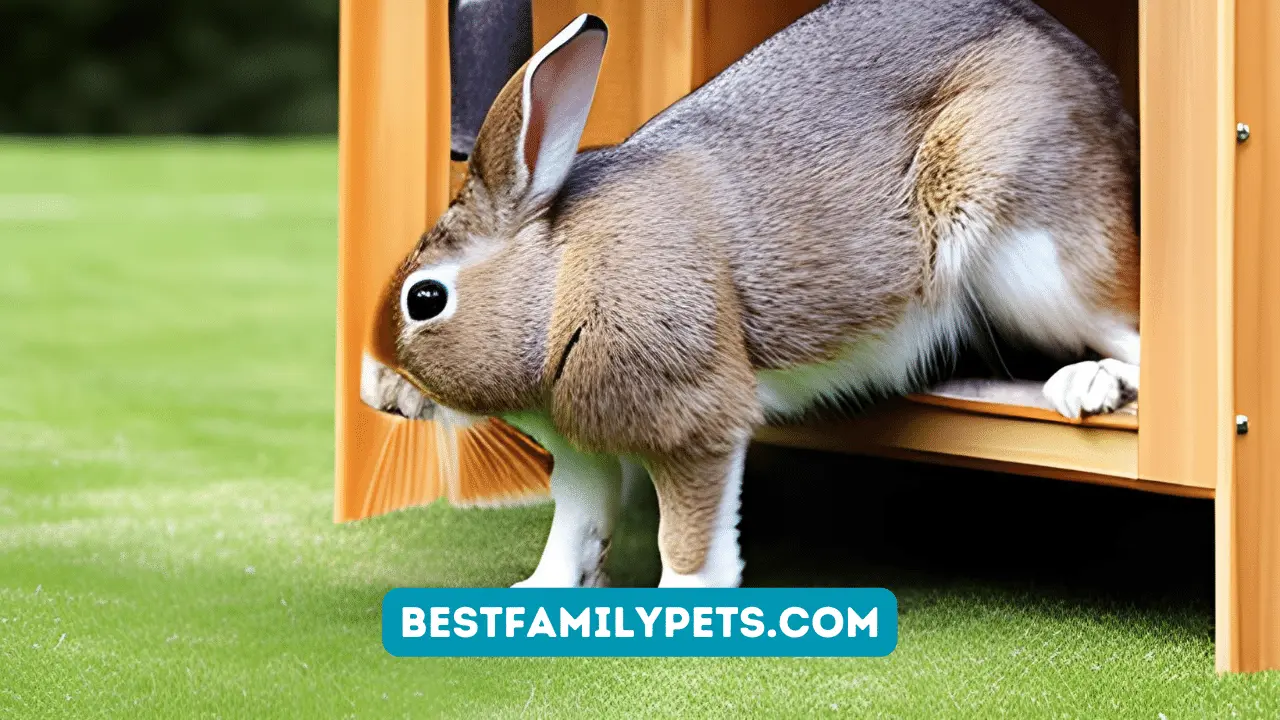
Is Buying a Second-Hand Rabbit Hutch a Good Idea?
-



Top 10 Best Selling List for Rabbit Bed Large Pink
-


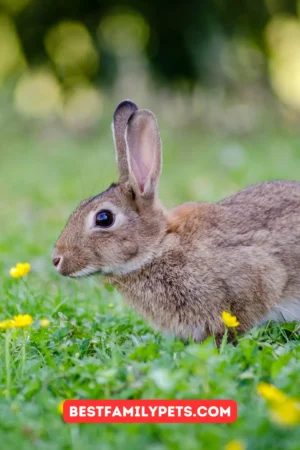
Trixie Natura Rabbit Hutch With Outdoor Run
-


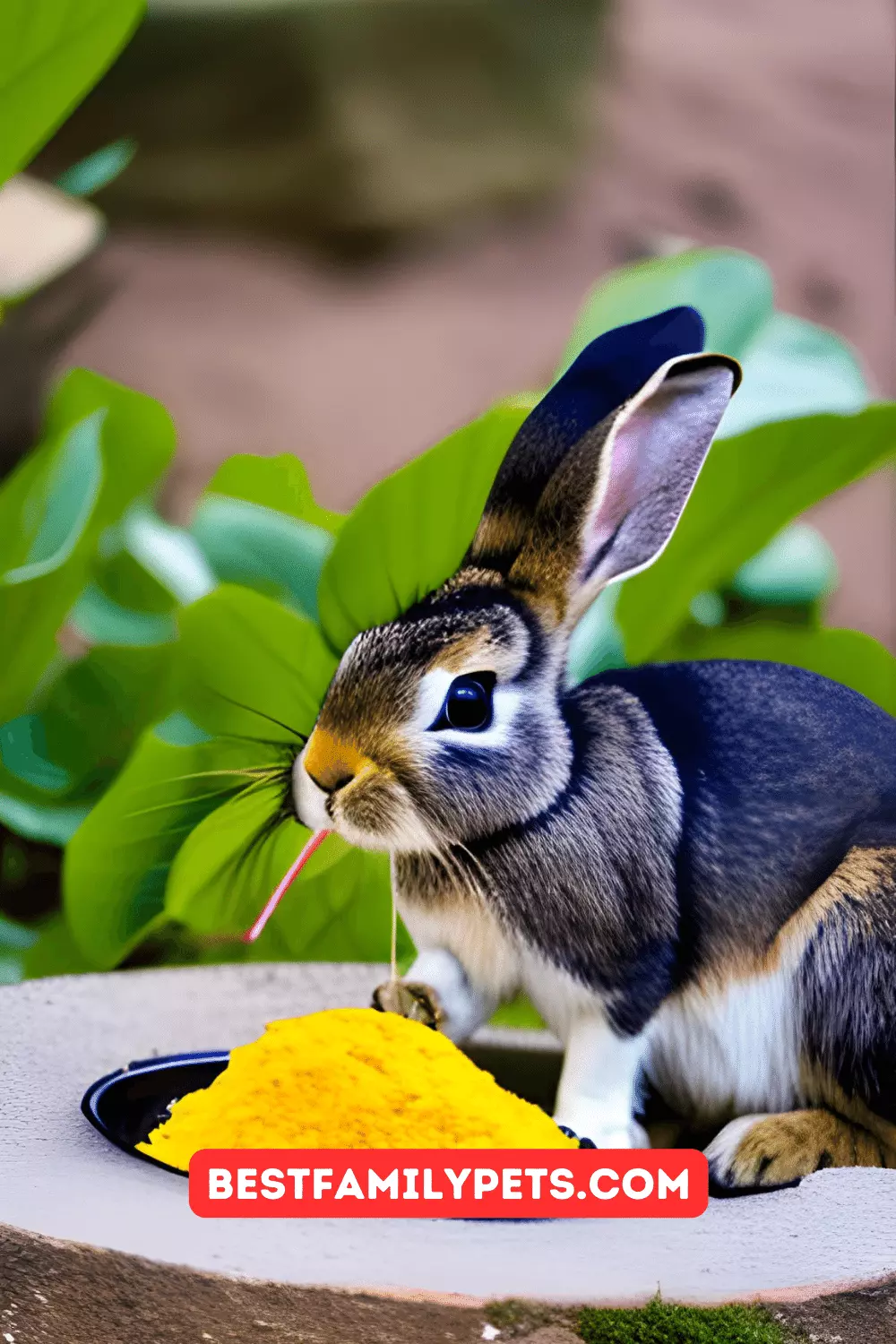
Rabbit Food: Which One is Best?
-



What Does Rabbit Taste like?
-


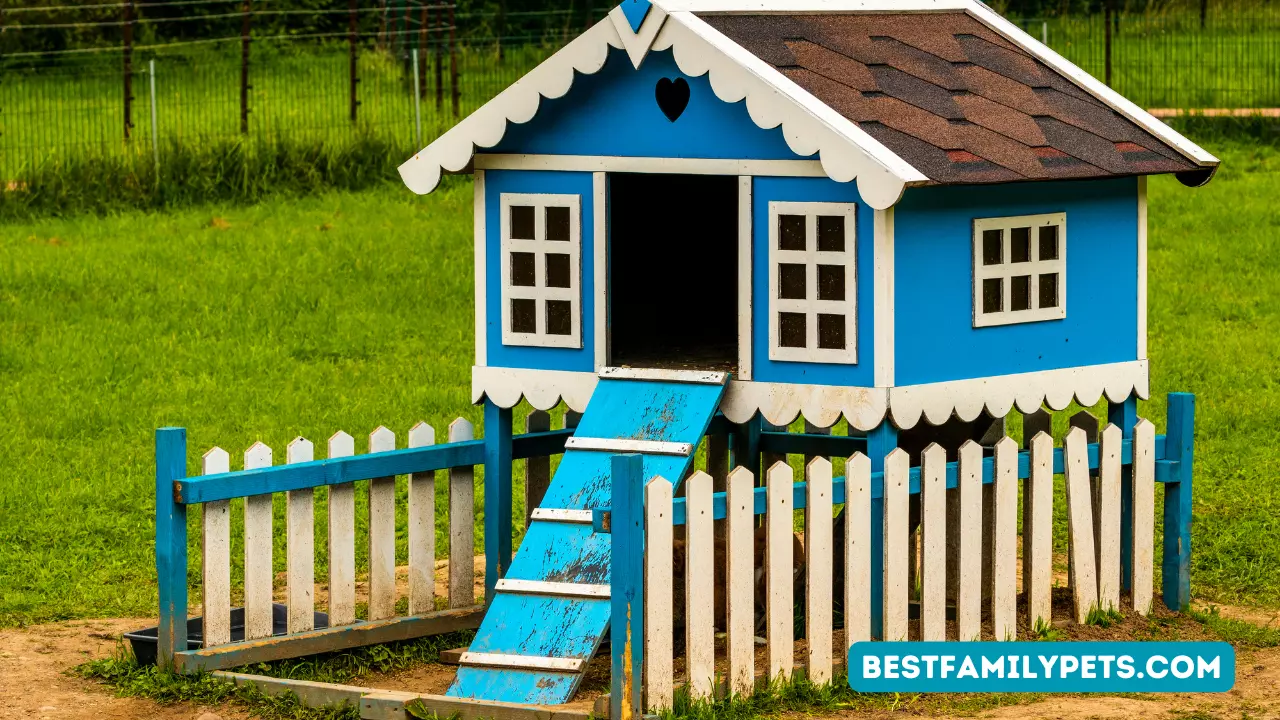
Rabbit Hutches, Cages & Houses for Sale in Melbourne
-


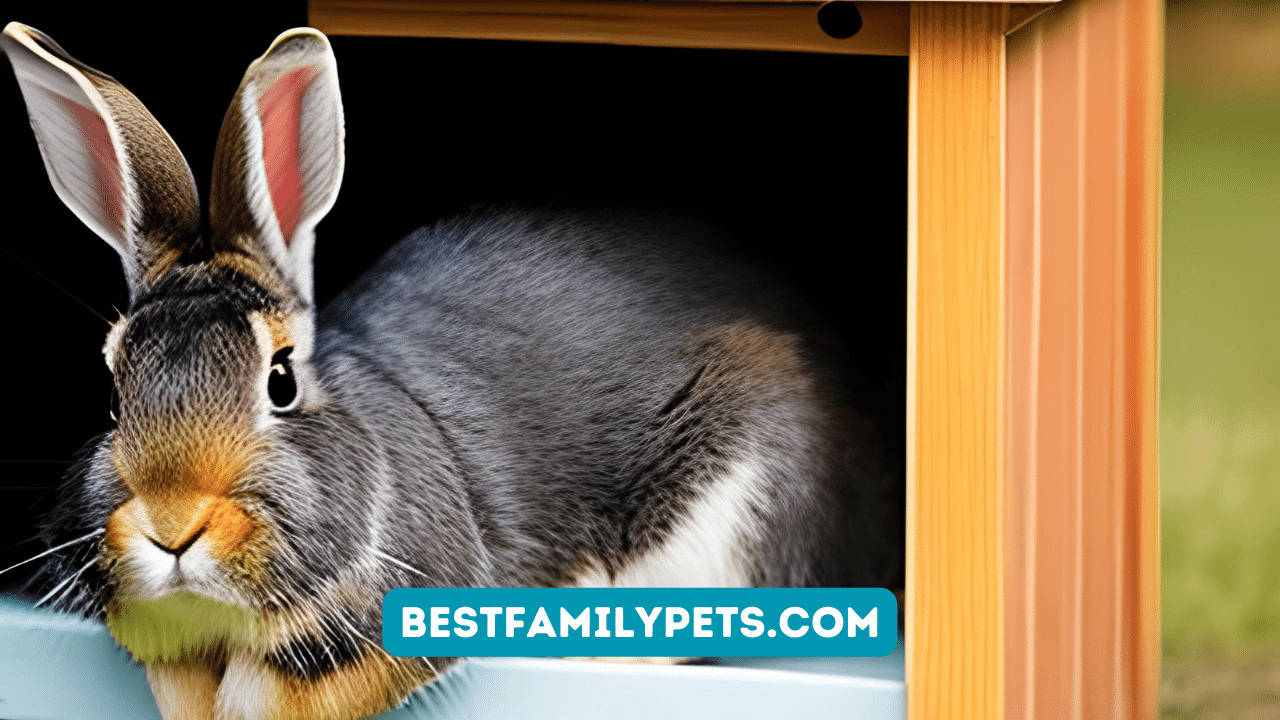
The Great and Small Rabbit Hutch: Finding the Perfect Fit

